"We would like to welcome Infigo Audio as a new sponsor to What's Best Forum.
Infigo Audio is an interesting company with a new DAC, a Class A amplifier
and a range of audio cables all made in Canada."
"This month at Infigo Audio we’re celebrating our first anniversary of high-end audio show participation. After a (very) long time of no shows because of the pandemic, the Capital Audio Fest 2021 was our official kick off."We would like to welcome Infigo Audio as a new sponsor to What's Best Forum.
Infigo Audio is an interesting company with a new DAC, a Class A amplifier
and a range of audio cables all made in Canada."
As is the case with many audio companies, ours is the result of a gotten-out-of-hand hobby and being passionate about music. It all started in 1998 from trying to understand why the one component that is NOT supposed to change the sound, the amplifier, has such a profound influence instead of just doing its job: boosting the signal so it can drive a speaker.
As we all know the rabbit hole is deep, but it’s an extremely interesting place to dig in! Sound, and especially music, has amazing properties and there’s a lot more than meets the ear. There is an entire world of information in the correlation of the two channels of a stereo signal, which builds the virtual reality trickery our brain enjoys so much when listening. Everybody listens differently, this is what makes things very subjective. It is much easier to quantify things visually than when listening to details, everyone can see if a line on a graph is 1.2 times bigger but virtually no one can say anything with same precision when determining the depth of a stereo field or the focus of imaging."
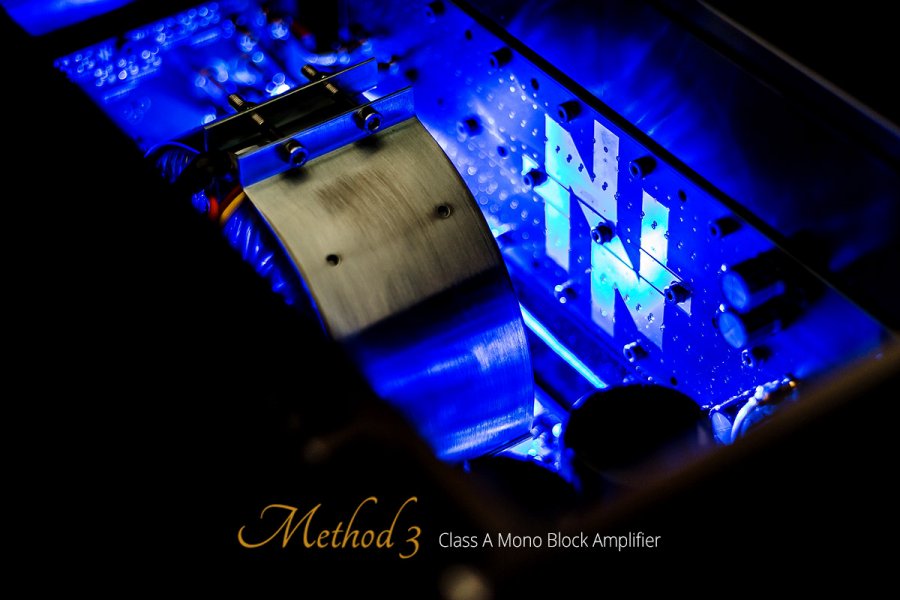
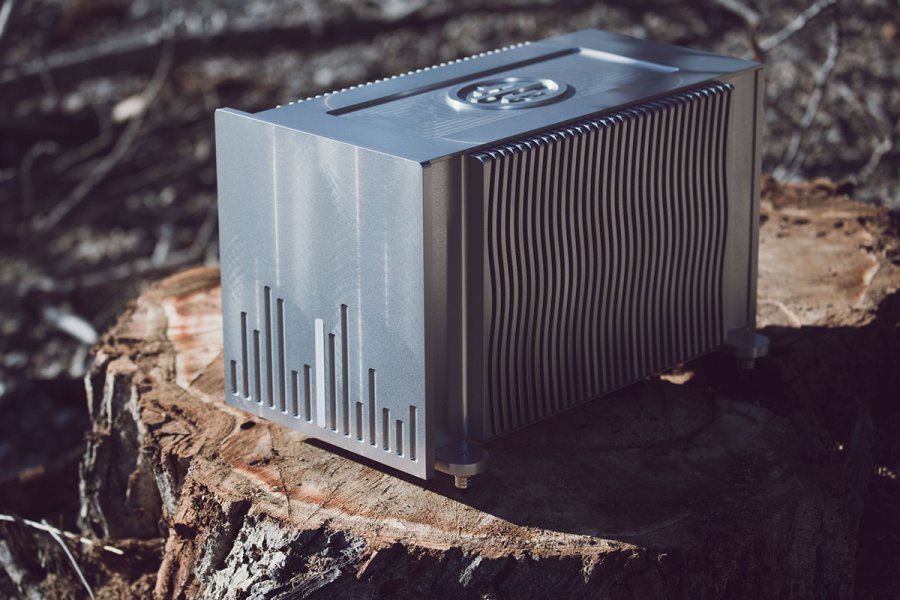

Based on studies performed in the Netherlands to localize sources of sonic booms caused by airplanes using very large arrays of microphones, I set out to do the same for audio signals, using an array of microphones and correlation algorithms to visualize the virtual sound sources of a reproduced stereo image. Plotting them in various sized circles uncovers a wealth of information that is very hard to uncover just using the ears alone. An interesting spin off of this measuring setup is a recording technology I still use today to record symphony orchestras.
As a mental exercise think of what happens when reproducing a violin positioned a little to the left, a little back in the stereo field. If it’s playing a concert A, we recognize by the ratio in various harmonics that it’s a violin and not any other instrument. Details in the difference between left and right gives us the audible clues as to its position in space, however this is where it gets complicated real quick. If there is the slightest difference in treatment between the base note and its higher harmonics (and there usually is, think phase) this greatly affects the spatial clarity of the stereo image. The brain notices the violin at the right spot for the base note, but senses something is off due to the harmonics perceived in a slightly different spot.
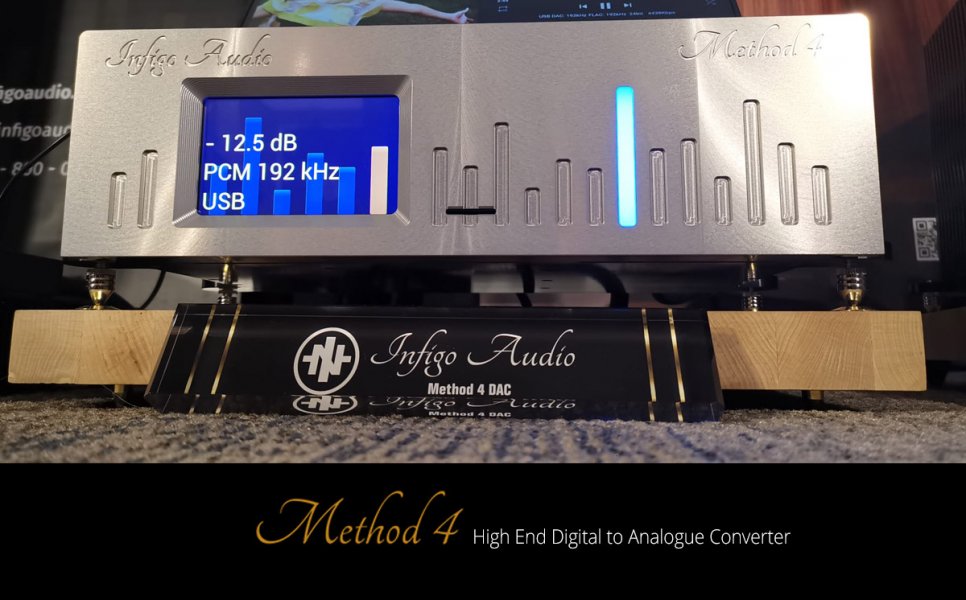
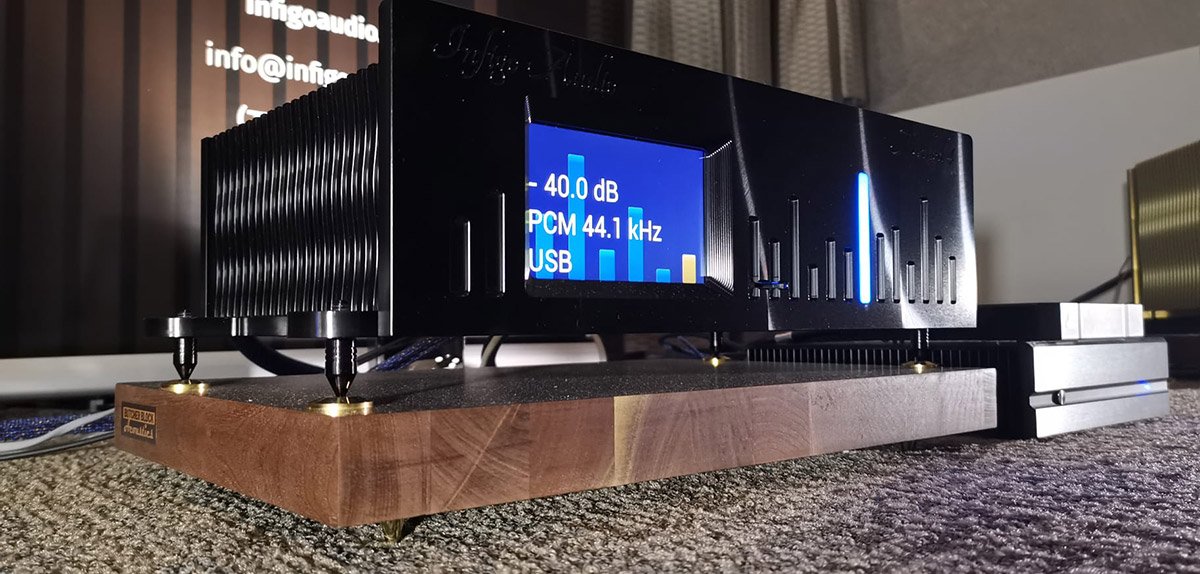
When all is perfectly aligned however, our brain is free to wander around in the image and is able to focus on that particular part of the music we’re interested in while subconsciously filtering out what’s not at the center of attention, much like the eye focusing on an object to see it fully, while only barely noticing whatever is in the peripheral vision. The freedom to subconsciously filter sound gives us the ability to hear/enjoy things in greater detail and without the so-called listening fatigue.
To circle back to what started it all, many of these findings were incorporated in the first prototype class A amplifier, which after numerous iterations and engineering changes is now our Method 3 mono block amplifier. It is a unique design using hundreds of small extremely fast transistors in the output stage, that stay conducting at all times in a smart way rather than brute force, hence the pristine sound class A delivers but without ‘cooking the room’. All of this leads to a very pure, clean, dynamic and extremely fast sound that is incredibly natural and life like.

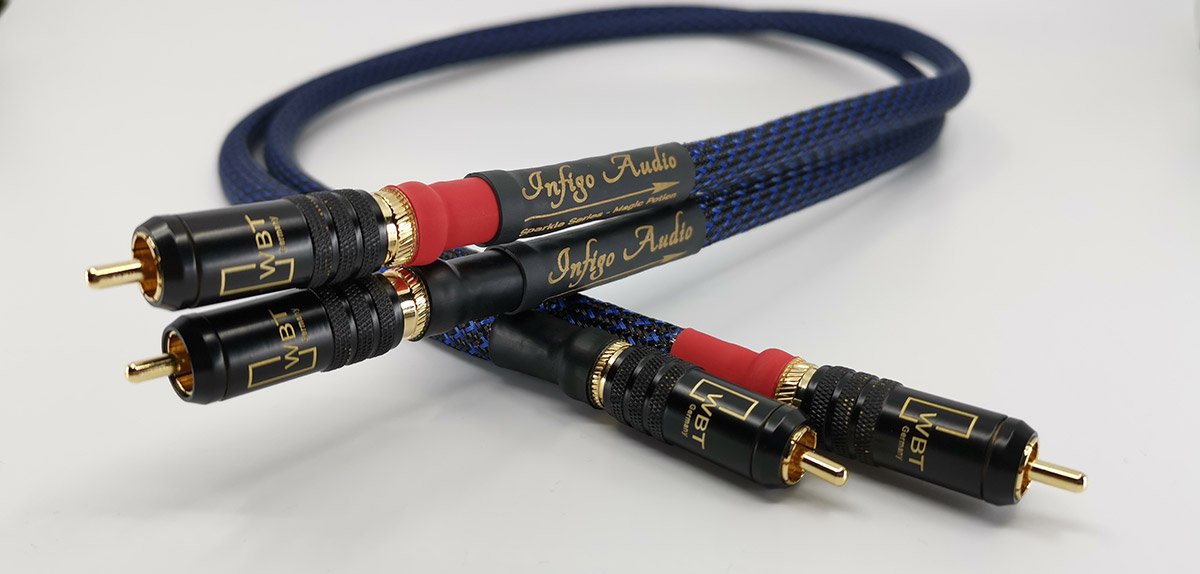
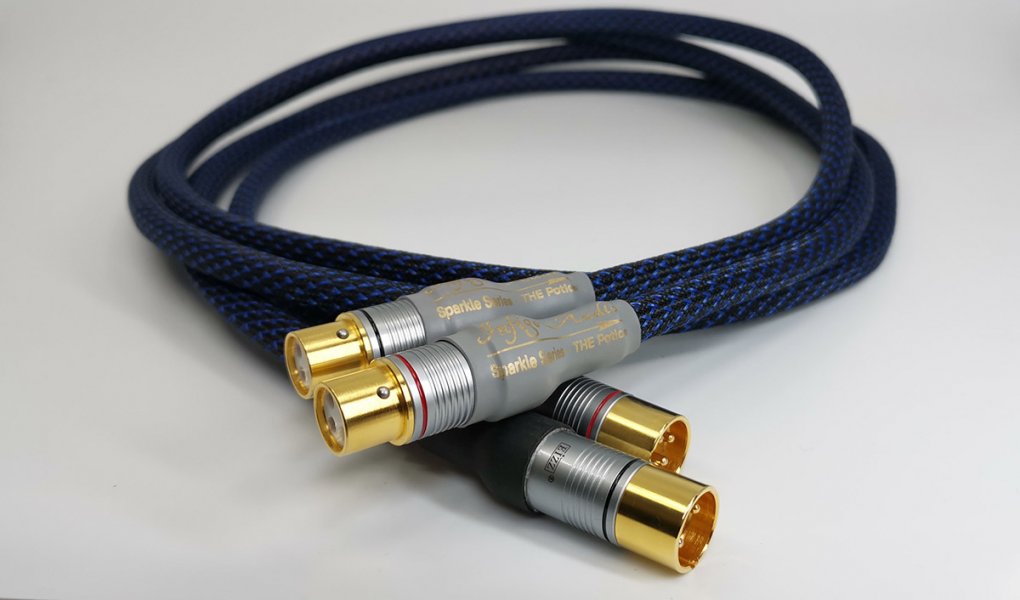
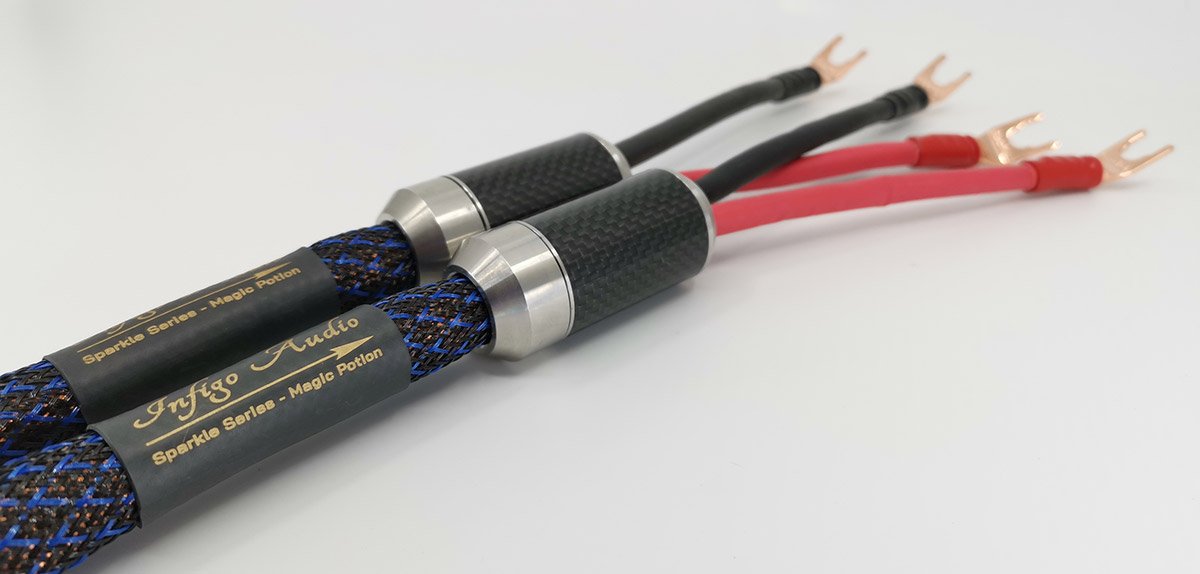
Optimal spatial clarity is at the basis of all our designs, from streamer via Method 4 DAC to Method 3 amplifiers via our Sparkle Series cables. It’s all based on science, but always with the ear/brain being the final judge.
The list of things done differently in our designs is a bit too long to cover in this email introduction, but I’ll be happy to divulge some of it in further write-ups. That’s it for now: I hope to be able to contribute positive tidbits to the forum and keep sharing the passion for music!
Hans Looman - Infigo Audio Inc
www.infigoaudio.com







